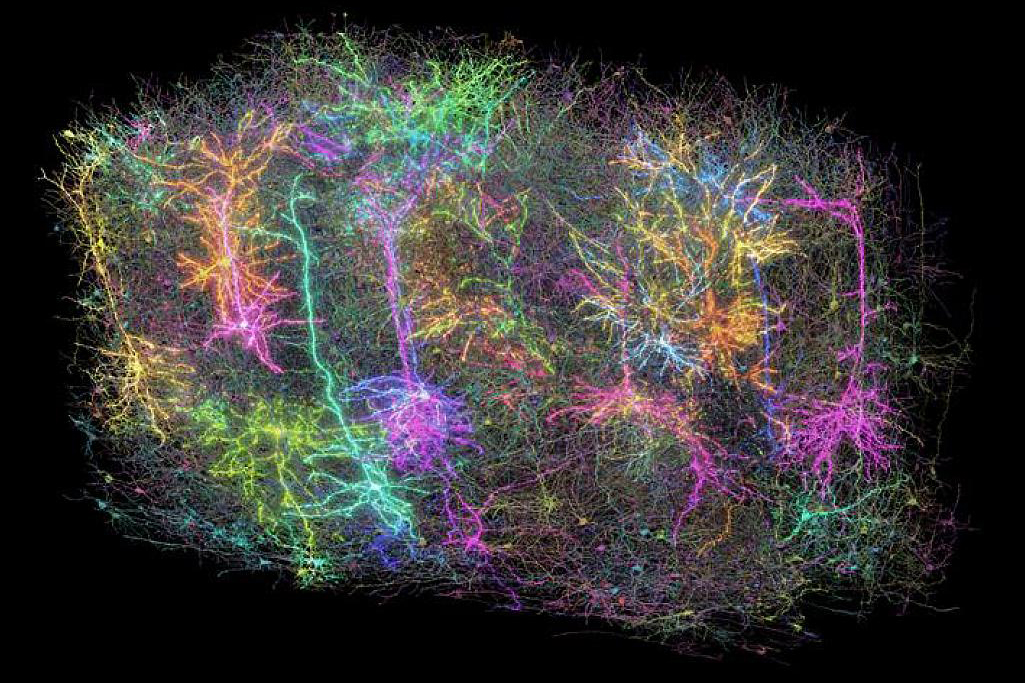Revisiting the Mystique of Vesta: New Research Challenges Long-held Views
For decades, scientists have considered Vesta, one of the largest objects located in the asteroid belt of our solar system, to be more than just a simple asteroid. Researchers concluded that Vesta possesses a crust, mantle, and corekey characteristics that define a planet. This understanding has influenced studies aimed at uncovering insights into the formation of early planets and providing a glimpse into what Earth might have looked like during its formative years. However, recent research from Michigan State University (MSU) has significantly challenged this established view.
A team led by the NASA Jet Propulsion Laboratory (JPL) has published a groundbreaking paper in the esteemed journal Nature Astronomy, revealing that Vesta's internal structure is more uniform than previously believed. These startling findings have raised eyebrows among researchers who had long thought of Vesta as a protoplanetan object that never fully developed into a complete planet. According to MSU's Earth and Environmental Sciences Assistant Professor Seth Jacobson, who co-authored the study, the discovery that Vesta lacks a distinct core was particularly unexpected. Its a really different way of thinking about Vesta, Jacobson remarked, emphasizing the significance of the findings.
But what exactly is Vesta's real identity? The research team has proposed two hypotheses that warrant further investigation. The first suggests that Vesta underwent incomplete differentiation. In this scenario, the asteroid began the essential melting process required to form distinct layers like a core, mantle, and crust, but never completed this evolution. The second hypothesis, which Jacobson had initially floated at an astronomy conference years ago, proposes that Vesta may be a fragment of a nascent planet within our solar system. During that conference, Jacobson urged fellow researchers to consider the possibility that certain meteorites could represent debris from collisions occurring in the early stages of planet formation. Although he had not previously considered Vesta as a viable candidate for this theory, he now finds it a legitimate hypothesis. This idea went from a somewhat silly suggestion to a hypothesis that we're now taking seriously due to this re-analysis of NASA Dawn mission data, Jacobson stated.
What sets Vesta apart from typical asteroids is its composition. Most asteroids consist of ancient chondritic material, which resembles cosmic sedimentary gravel. In contrast, Vesta's surface is dominated by volcanic basaltic rocks, a clear indication that Vesta underwent a melting process known as planetary differentiation. During this process, denser metal sinks to the center, forming a core. NASA set out to study Vesta and another massive asteroid, Ceres, by launching the Dawn spacecraft in 2007. The mission aimed to unveil the mysteries of how planets form. Between 2011 and 2012, Dawn orbited Vesta, meticulously measuring its gravity field and capturing high-resolution images to create a comprehensive map of its surface. After conducting similar observations at Ceres, the mission concluded in 2018, and scientists began publishing findings based on the collected data.
Jacobson noted that as researchers continued to utilize this data, they improved their processing techniques over time. They discovered methods to better calibrate measurements, leading to a more refined understanding of Vesta's composition. This encouraged Ryan Park, a senior research scientist and principal engineer at JPL, and his team to revisit and reprocess Vesta's measurements. For years, conflicting gravity data from Dawn's observations of Vesta created puzzles, Park explained. After nearly a decade of refining our calibration and processing techniques, we achieved remarkable alignment between Dawn's Deep Space Network radiometric data and onboard imaging data. We were thrilled to confirm the data's strength in revealing Vestas deep interior. Their findings suggest that Vesta's history is significantly more intricate than previously imagined, influenced by unique processes such as interrupted planetary differentiation and late-stage collisions.
Planetary scientists estimate the size of a celestial bodys core by measuring its moment of inertia, a physics concept that addresses how difficult it is to alter an object's rotation around its axis. Jacobson likened this concept to a figure skater performing spins on ice. A skater changes their speed by pulling their arms in to increase velocity and extending them to slow down, thereby altering their moment of inertia. Similarly, a celestial body with a larger core behaves differently than one without a core. Utilizing this understanding, the research team measured both the rotation and gravity field of Vesta, leading to unexpected resultsVesta did not exhibit behaviors typical of an object with a core, thereby challenging prior notions about its formation.
Both hypotheses regarding Vesta's formation remain under-explored, leaving room for further investigation. While incomplete differentiation is a plausible explanation, it does not fully align with the meteorites that researchers have collected over time. Jacobson emphasized, Were really confident these meteorites came from Vesta. And these don't show obvious evidence of incomplete differentiation. The alternative theory posits that large collisions during the formation of terrestrial planets generated impact debris, which may include rocks that, like Vesta, do not possess a core. Jacobson's lab is already delving into the impacts of such colossal collisions and is collaborating with his graduate student, Emily Elizondo, to explore the notion that some asteroids in the asteroid belt might be fragments ejected from evolving planets. However, this theory remains far from being substantiated, requiring additional models and adjustments to confirm that Vesta is indeed an ancient remnant of a developing planet.
Jacobson stated that scientists can modify their study of Vesta meteorites to delve deeper into either hypothesis. They could also conduct further analyses utilizing the newly refined techniques applied to Dawn mission data. He described the recent paper as a starting point for a fresh research direction, one that has the potential to fundamentally alter how scientists perceive differentiated worlds. No longer is the Vesta meteorite collection a sample of a body in space that failed to make it as a planet, Jacobson observed. These could be pieces of an ancient planet before it grew to full completion. We just don't know which planet that is yet.
Source: Materials provided by Michigan State University. Original written by Bethany Mauger. Note: Content may be edited for style and length.
















